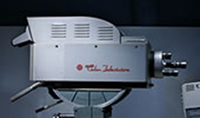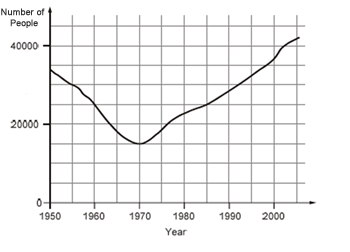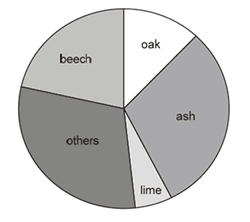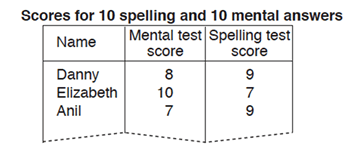Connections within Mathematics
The construction of pie charts will provide an essential link with work on angles and fractions, as well as calculation.
The use of conversion graphs when carrying out work on line graphs provides a nice link to converting different units of measure.
When carrying out measuring activities in the classroom, it is likely that the mean average will be useful.
Making connections to this topic in adjacent year groups
Year 5
- solve comparison, sum and difference problems using information presented in a line graph
- complete, read and interpret information in tables, including timetables.
Key Stage 3
- construct and interpret appropriate tables, charts, and diagrams, including frequency tables, bar charts, pie charts, and pictograms for categorical data, and vertical line (or bar) charts for ungrouped and grouped numerical data
Cross-curricular and real life connections
There are many, many examples of ‘real life’ situations where a wealth of data needs to be digested, sorted, presented or interpreted. Websites such as ‘Stats4Schools’, the content of which is now hosted by the National Stem Centre, has a large number of ‘real’ datasets’ that children could use in other curriculum areas. ‘Census at School’ also provides a vast bank of data resources that can be utilised in the classroom.
Geographical data and information based on other regions and countries can provide a good context for statistics work.
Measurements and readings recorded in science lessons, e.g. of sound levels, temperature, plant height etc, can all be used as datasets for statistics work in mathematics.



